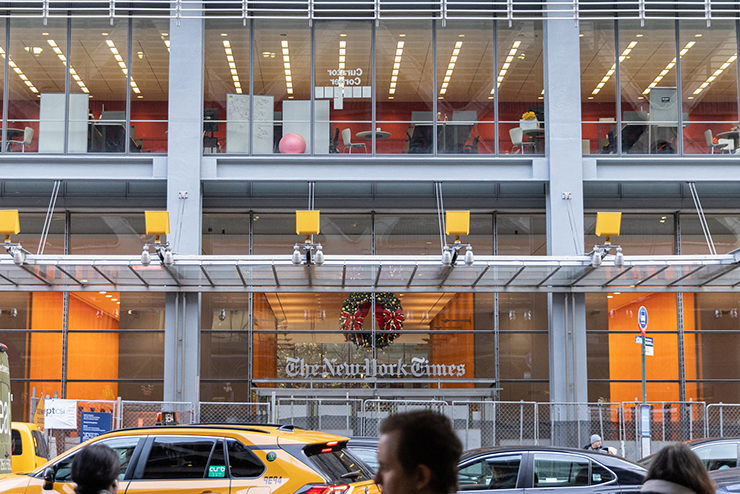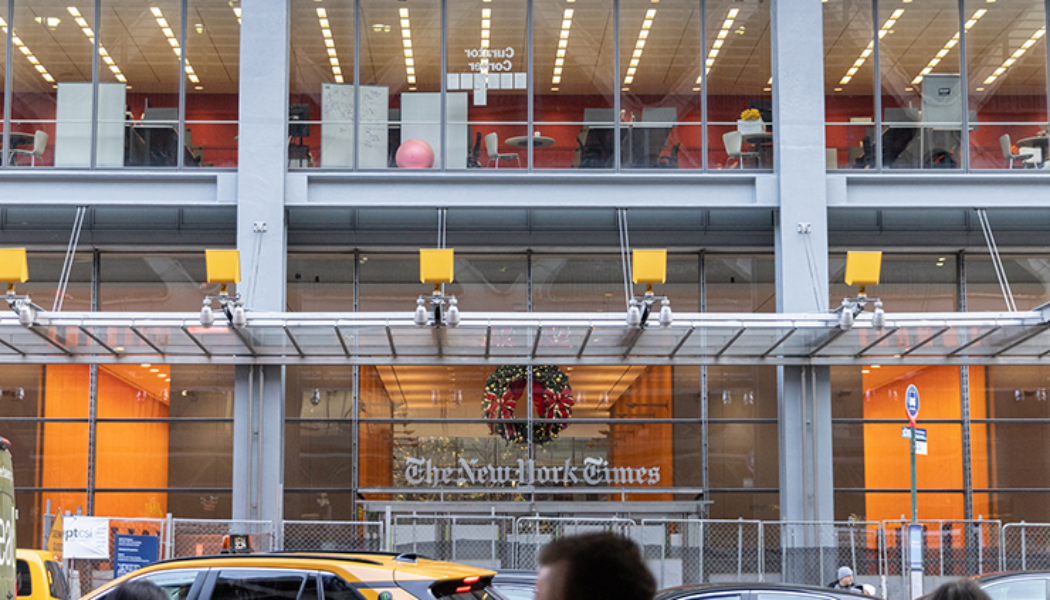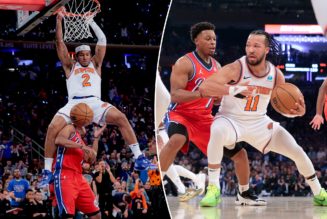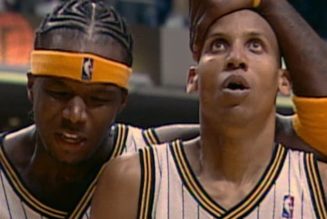
I’m old, and I have no idea how that happened.
One minute I’m driving with my father from New York to Florida to begin my first full-time newspaper job with the Miami Herald, one of the largest and most prestigious papers in the country. Next thing I know, 43 years slipped away, Dad’s gone, and I’m tapping out this story for a non-profit website in my home office overlooking an alley in Minneapolis.
Times change. Things happen.
Sometimes you end up where you never expected. But throughout my long career in journalism, one thing never varied: Questionable business decisions by the people who ran newspapers and news websites. If there’s a bad move to be made, they’ll make it, jeopardizing careers and livelihoods while forcing readers to find their information elsewhere.
The latest baffling developments dropped on consecutive days last week. First the Los Angeles Times, which plans to close its printing plant next year after selling the land to developers, announced it will no longer print game stories, box scores and standings in the paper due to earlier deadlines. (They’ll still be available on the L.A. Times website and app.) Instead, readers will see “more innovative reporting,” profiles, investigations and columns, according to a company statement.
The next day, The New York Times announced it was disbanding its award-winning sports department and drawing its sports coverage from The Athletic, the digital entity with three million subscribers it bought last year for $550 million.
Why should you care if you don’t live in L.A. or New York, don’t like sports and don’t subscribe to either paper? Because this kind of shortsightedness could be coming to a paper near you.
Recently retired Star Tribune publisher Mike Klingensmith didn’t originate this saying, but it’s still true: Newspapers are a habit. Once you get in the habit of buying and reading one every day, it stays with you. But if your favorite newspaper decides it’s more important to save money than service its readers – say, by cutting back on daily print editions, or outsourcing home delivery to a contractor who isn’t reliable – the habit is easily broken, and those customers aren’t coming back. That’s why Klingensmith insisted the Strib publish seven days a week throughout his tenure, even as daily circulation plummeted from 334,000 in 2009 to 91,920 today.
The Strib isn’t alone here; virtually all U.S. newspapers suffered similar dramatic declines. The Strib still ranks seventh nationally in circulation, according to the Alliance for Audited Media. But the loss of circulation and advertising revenue is a problem felt acutely by sports departments everywhere, especially here in the Twin Cities.
Sports travel is a major expense in newsrooms, and the rising cost of air fares, hotels and meals on the road has become problematic. Papers coast to coast have trimmed travel budgets or eliminated travel entirely. Eight New York area papers used to make every road trip with the Yankees; now it’s down to three or four.
At the Strib, covering two Olympics seven months apart exacerbated the issue, according to sports editor Chris Carr. (Disclosure: My wife, Rachel Blount, is the Strib’s Olympics writer). Now, Carr said, sports can’t blow through its annual budget, as it did last year, and expect management to smile and cover the overruns.
That’s why the Strib’s pro beat writers no longer make every road trip with the Twins, Wild and Timberwolves, and the paper sent fewer people on the road with the Vikings last fall than it used to. The Pioneer Press (PP), owned by vulture hedge fund giant Alden Global Capital, picks its spots as well. Sports editor Tad Reeve says PP writers stopped going on the road with the Timberwolves (for the most part) and Gopher men’s basketball, and the paper often skips West Coast trips on other beats because the games rarely make the print edition.
When the Twins played a key series in Baltimore shortly before the All-Star Break, Betsy Helfand of the PP was the only beat writer there. The Strib, The Athletic and MLB.com didn’t go. Strib beat writer Phil Miller wrote game stories off the television broadcast, with the Strib noting he wasn’t in Baltimore. Not optimal, but unavoidable with today’s economic pressures.
“I think it’s the new normal,” Carr said.
“Covering sports in this non-stop market with the ambition level we want to bring to this job for our readers has become quite expensive … The economics of daily journalism over the last couple of years has made it so that exceeding budgets in the newsroom just can’t happen anymore, not here. I’d be surprised to find a place in mid-2023 where exceeding the newsroom budget was OK,” said Carr.
Some of the savings goes toward special assignments, Carr said, like Wolves writer Chris Hine’s recent trip to cover the NBA Summer League in Las Vegas.
“We’ll have to make some tough decisions,” Carr said. “But thankfully with this staff, I’m optimistic we can continue to make this work.”
At least Carr still has a staff. The NYT’s decision to scatter its sports writers and editors among other departments in September caps a decade of curious decisions that made the section less relevant and interesting to many readers. (More discloser: I was a NYT freelance contributor – a “stringer” in industry parlance – out of the Midwest from 2002 to 2021. Though never on the full-time staff, I wrote often enough for some colleagues and readers to think I was).
Few New Yorkers bought the NYT for sports. The tabloid Daily News and Post provided much more comprehensive daily coverage and commentary, with an edge found only in a city that lives hard and moves fast. You read the NYT for world and national news, politics and the arts; sports was secondary.
But that doesn’t mean the sports section wasn’t good, and didn’t break news. It was, and did. Pulitzer Prizes rarely go to sports writers, but Arthur Daley, Red Smith and Dave Anderson each won for commentary and John Branch for feature writing. (Branch nearly won another Pulitzer for a series on the life and death of drug-addled Wild brawler Derek Boogaard, a story story no one locally pursued with the same zeal). NYT Sports took on big issues and themes in a thoughtful, influential way, from concussions in the NFL to sexism at Augusta National Golf Club.
But it also covered all the New York pro beats, at least until 2017 or so, when it refocused on soccer, tennis, the Olympics and esoteric sports in pursuit of worldwide digital subscriptions. Some readers loved it; traditionalists didn’t. In the intervening years, many longtime sports staffers retired, left the paper or transferred to other departments.
Now, it seems, the NYT seeks a return to more traditional coverage via The Athletic, which goes heavy into soccer as well. We’ll see how that works out. The Athletic has never made money – it lost about $36 million last year and another $7.8 million in the first quarter of 2023, per the NYT – and more layoffs may be ahead.
Back here in the Twin Cities, Carr and Reeve feel for their friends and colleagues in New York and L.A. There’s a palpable sense of loss, with a fear of what’s ahead for the industry.
“I was really sorry to hear the L.A. Times and N.Y. Times news,” Reeve said. “Very sad for the business. And very worrisome, too.”
Services Marketplace – Listings, Bookings & Reviews









